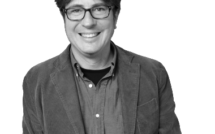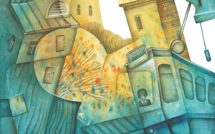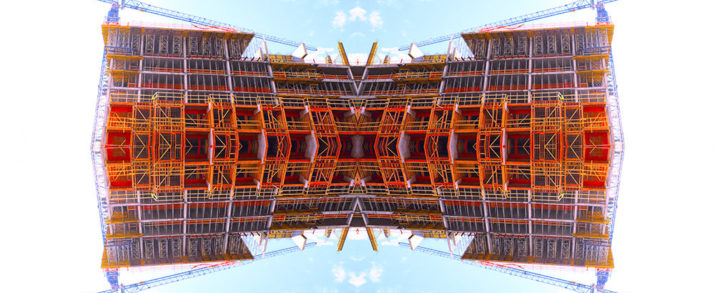
This is part of our special feature, Contemporary Urban Research in the European City.
The modern metropolis thrives on the creativity of its citizens, with the arts and culture as revitalizing forces. Sometimes creativity can be found where least expected, in places that city dwellers would normally not give a second glance or thought. The artists portrayed here bring the unseen to life. Larissa Fassler’s works document the mundane via large-scale plan drawings of sites and three-dimensional objects that interact with their environment through detailed recordings of conversations, fragrances, or even times when sunlight hits a building. Chris Neyen redefines architecture and infrastructure as inventive narratives by layering colors and shapes to create new impressions of space and time. In this way, the images invite the viewer’s eye to move in new dimensions and to discover the unseen. Vladimir Abikh takes this approach a step further by forcing the viewer to see and acknowledge the socially marginalized, homeless people whom most of us prefer not to see, thereby actively engaging his audience with social justice issues but also with large-scale video installations with the lesser appealing side of the city landscape.
–Nicole Shea for EuropeNow
Larissa Fassler
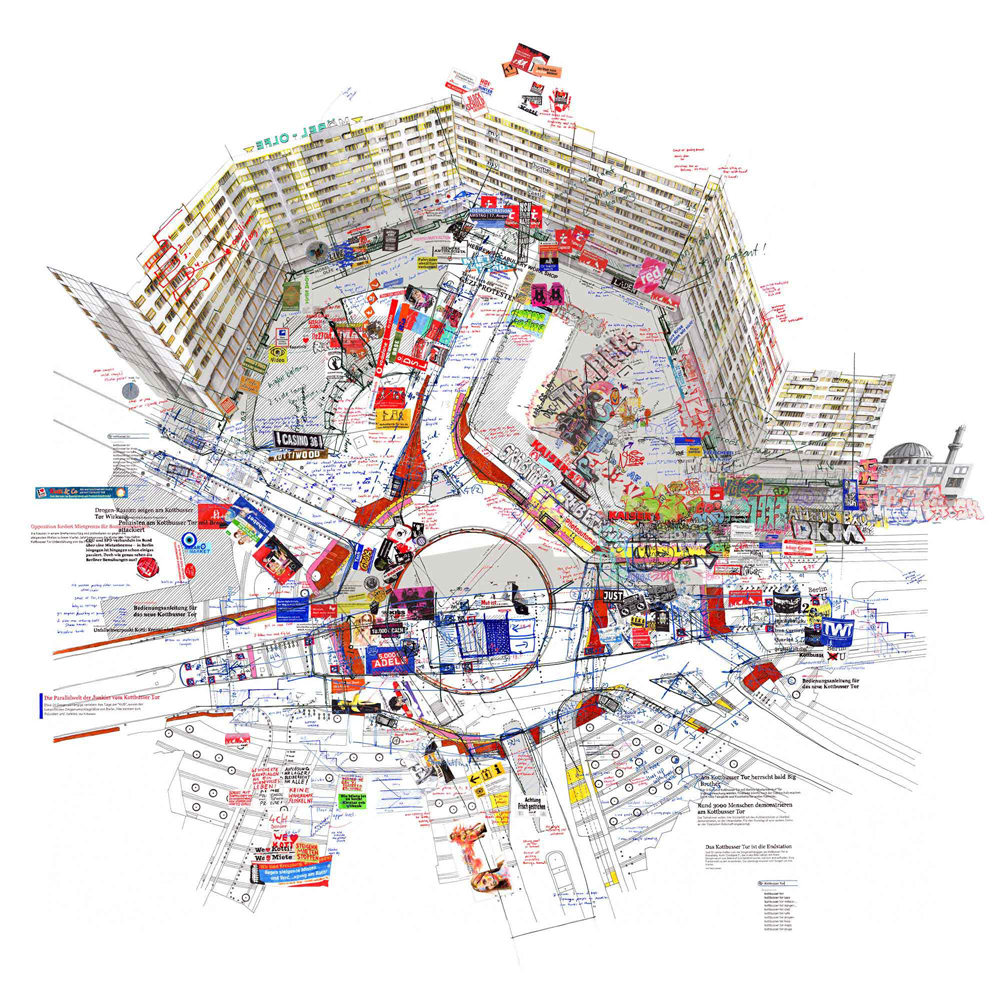
Kotti (revisited), 2014, Fine Art Print, 157 x 160 cm, Photo: Larissa Fassler
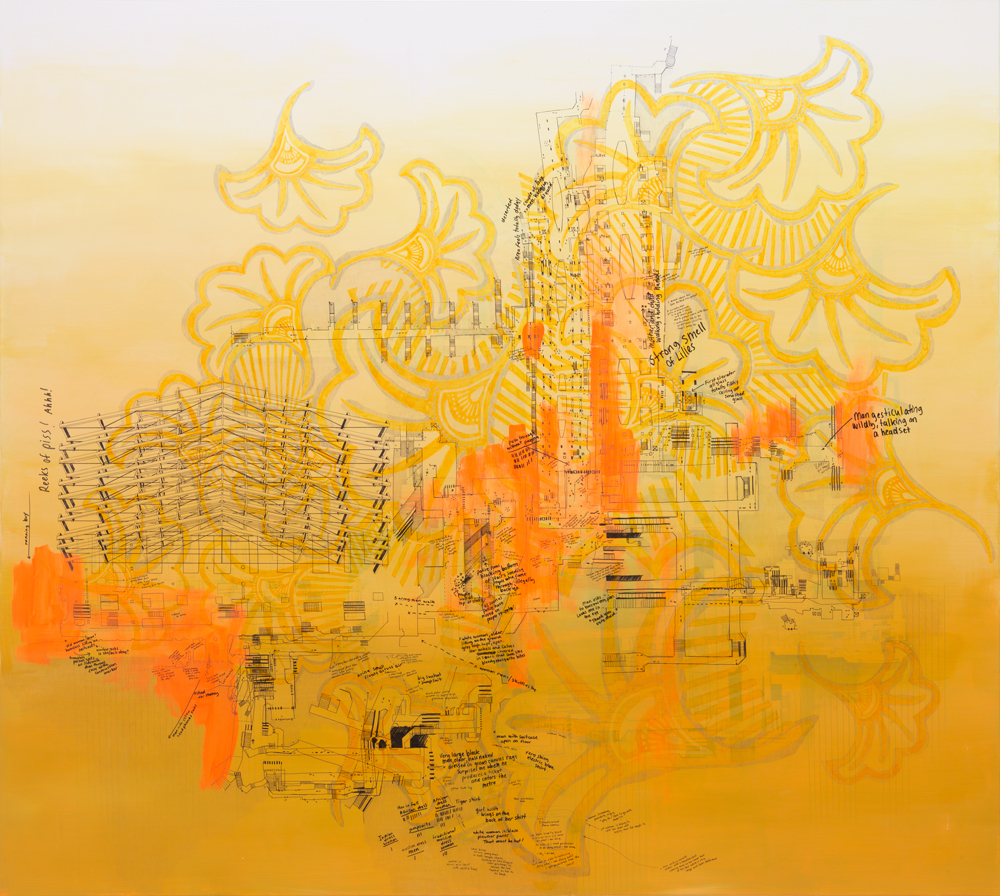
Gare du Nord IV, 2014-2015, Pen, pencil and acrylic paint on canvas, 170 x 190 cm, Photo: Jens Ziehe
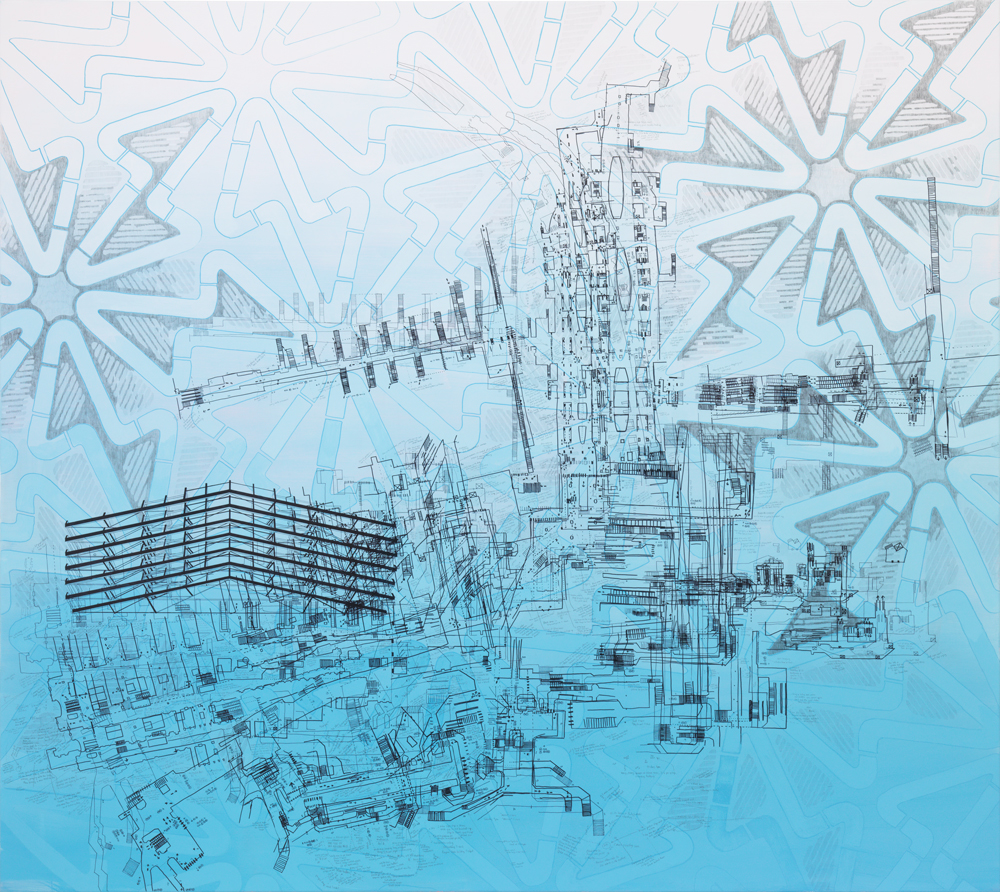
Gare du Nord V, 2014-2015, Pen, pencil and acrylic paint on canvas, 170 x 190 cm, Photo: Jens Ziehe
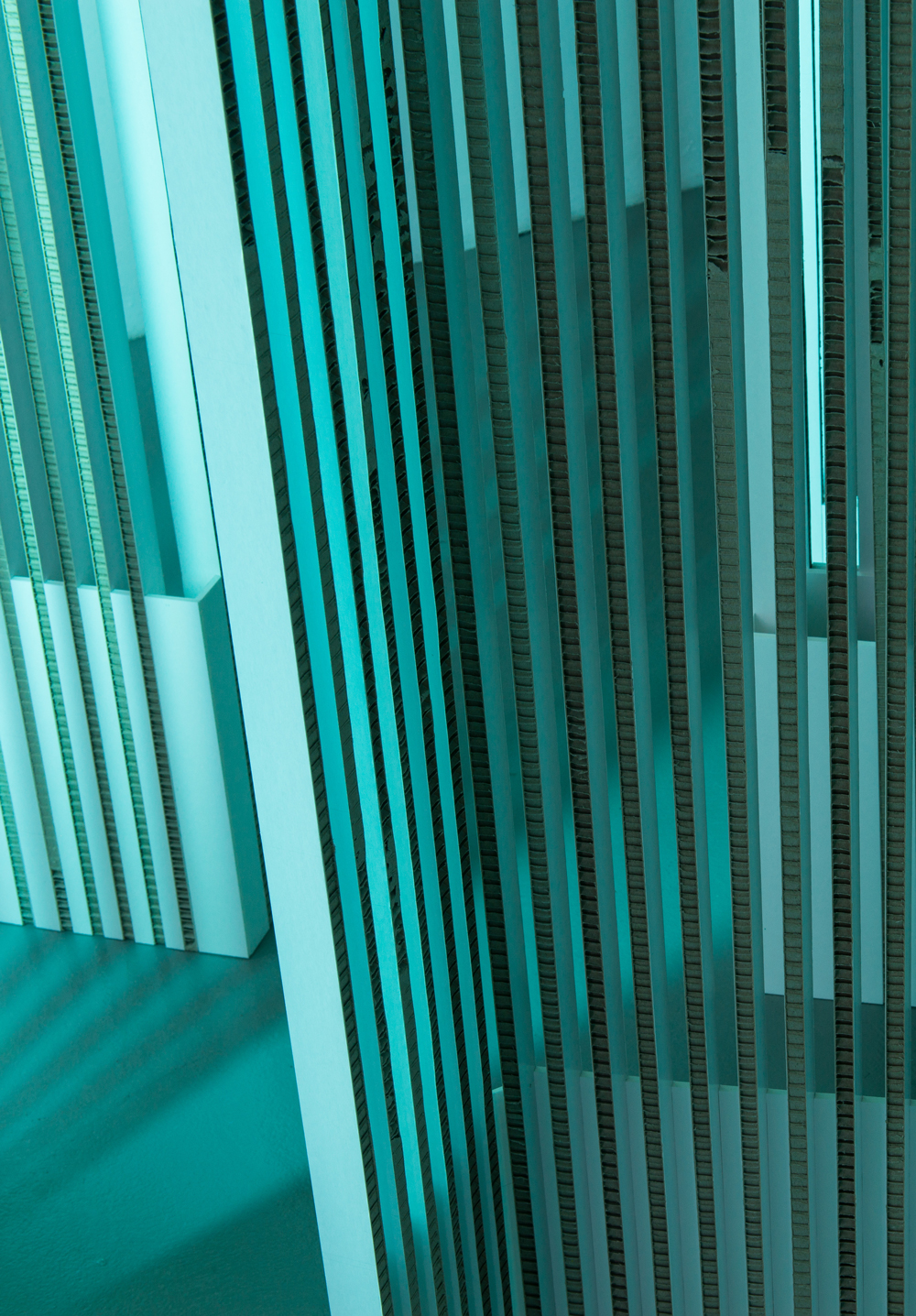
EPICENTRE, 2015, Serigraphy board, Honeycomb board, neon light, 115 cm x 170 cm x 205 cm, Photo: Michael Danner
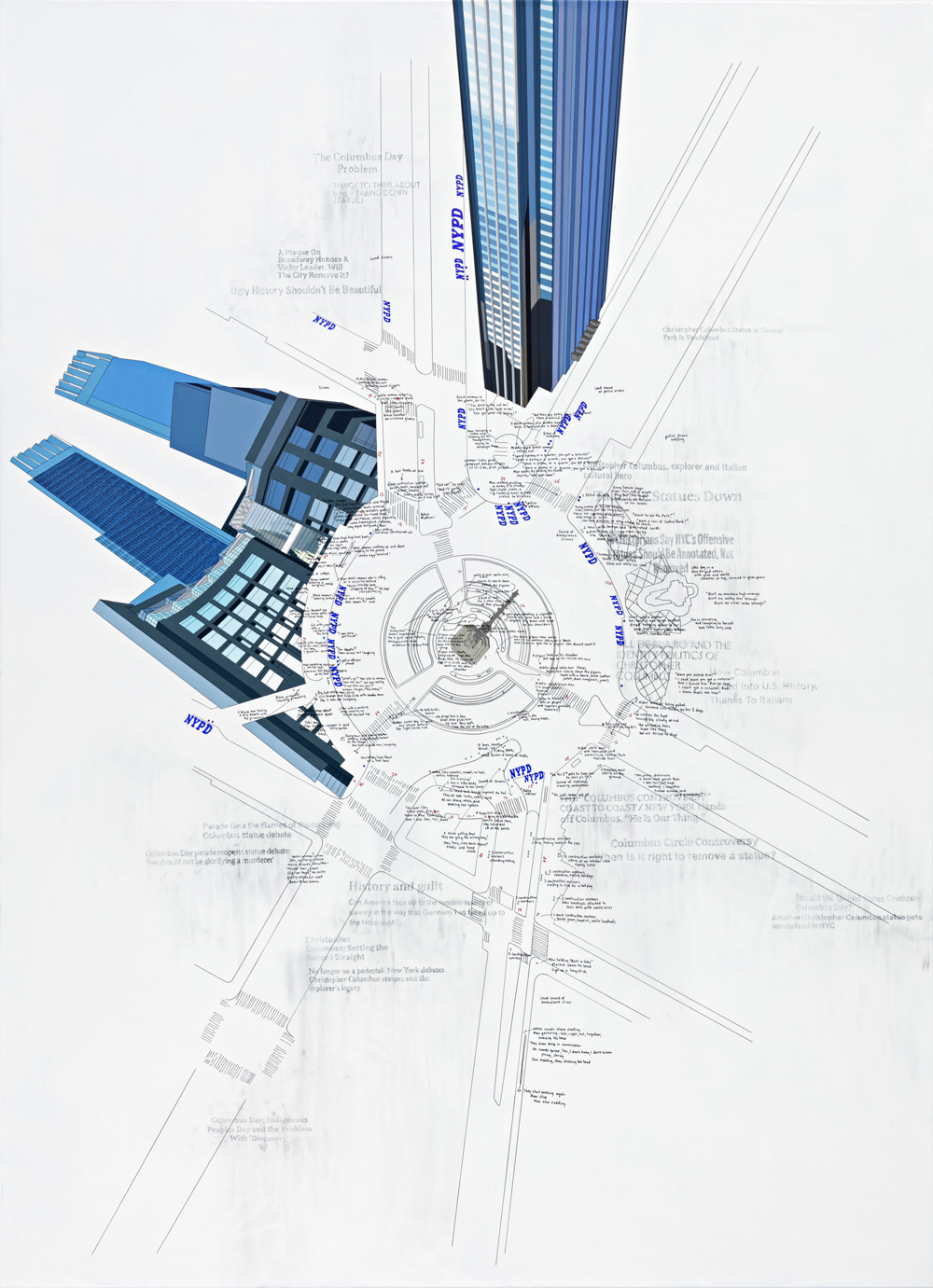
Columbus Circle, NYC II, 2017-2018, Pen, pencil and acrylic paint on canvas, 180 x 130 cm, Photo: Hans-Georg Gaul
For more than ten years, I have been developing an artistic practice that explores the public spaces of cities and examines their impact on its inhabitants. I am drawn to sites emblematic of countries more generally and am particularly interested in the disconnect between a nation’s ideals or image of itself and the reality on the ground.
Starting in 2005, I focused on public places in Berlin, the city in which I live, focusing on quotidian sites such as transportation hubs and project housing. I then moved on to other familiar cities, but ones in which I did not live, to confront myself with different conceptions of public space: Regent Street in London; Place de la Concorde, Les Halles and recently Gare du Nord in Paris. In 2015 I turned my focus to concepts of public space in non-European cities and created a series of large scale drawings looking at the use and control of space in Taskim Square, Istanbul.
While I use the media of architectural representation such as models and plans to reflect these places, my work differs fundamentally from conventions, forms of documentation, and methods used by architects and urban planners. I make large map-drawing hybrids as well as objects that exist somewhere between models and sculptures. I employ my own subjective systems to survey public spaces by walking their edges, counting my steps, recording my corporeal experience and spending hundreds of hours collecting detailed observations. I feel that there is knowledge that comes from ‘deep’ looking, where assumptions and preconceptions about a place and its inhabitants can be corrected by accurate, often minute, individual and personal observations. Observing, describing, and naming are for me strategies to make different realities visible.
Larissa Fassler (b. Vancouver 1975) has lived and worked in Berlin since 1999. She obtained her BFA from Concordia University, Montreal, and an MFA from Goldsmiths’ College, University of London. In 2017 her work was shown at the 11th São Paulo Architecture Biennial and at the Museum of Art, Architecture and Technology, MAAT, in Lisbon. In 2016 her work was exhibited in solo exhibitions at the Canadian Cultural Centre, Paris; at Galerie Jérôme Poggi, Paris; at the Hessisches Landesmuseum Darmstadt and at the Esker Foundation in Calgary. Critical reviews and writing on her work have appeared in Artforum, Canadian Art and Artpress. Her work has been included in books such as Imagine Architecture and Beyond Architecture from Gestalten and Dirt by PennDesign and the MIT Press.
All images are courtesy of the artist and Galerie Jérôme Poggi.
Chris Neyen
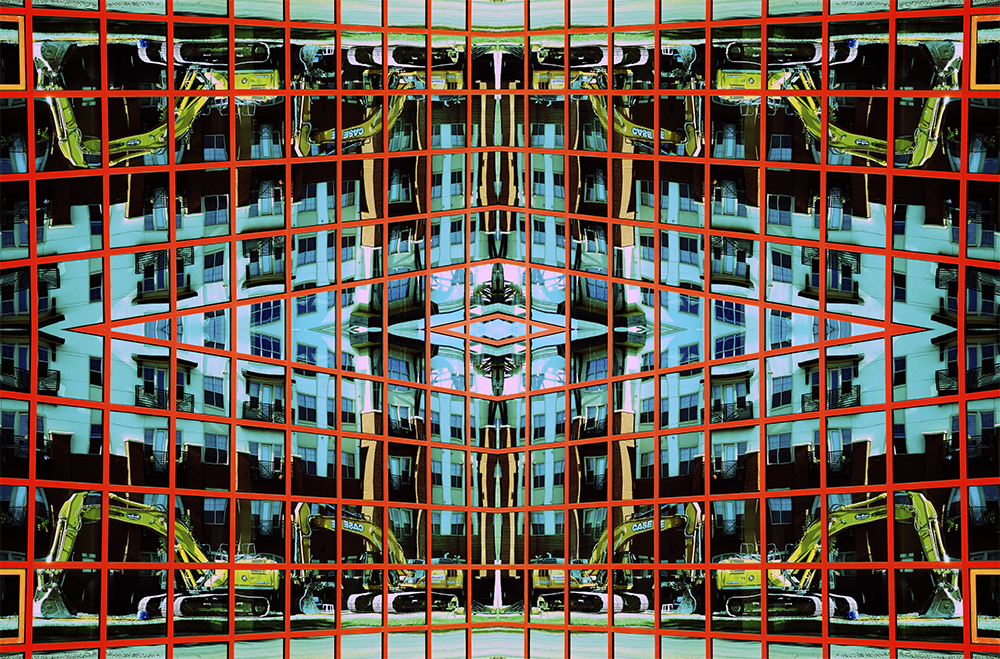
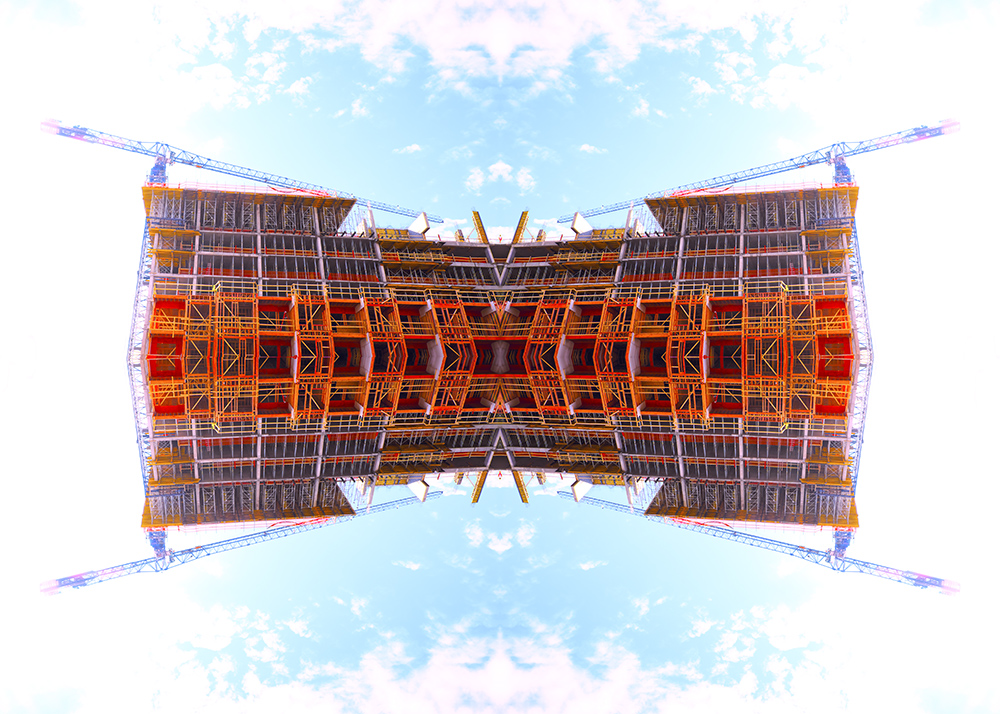
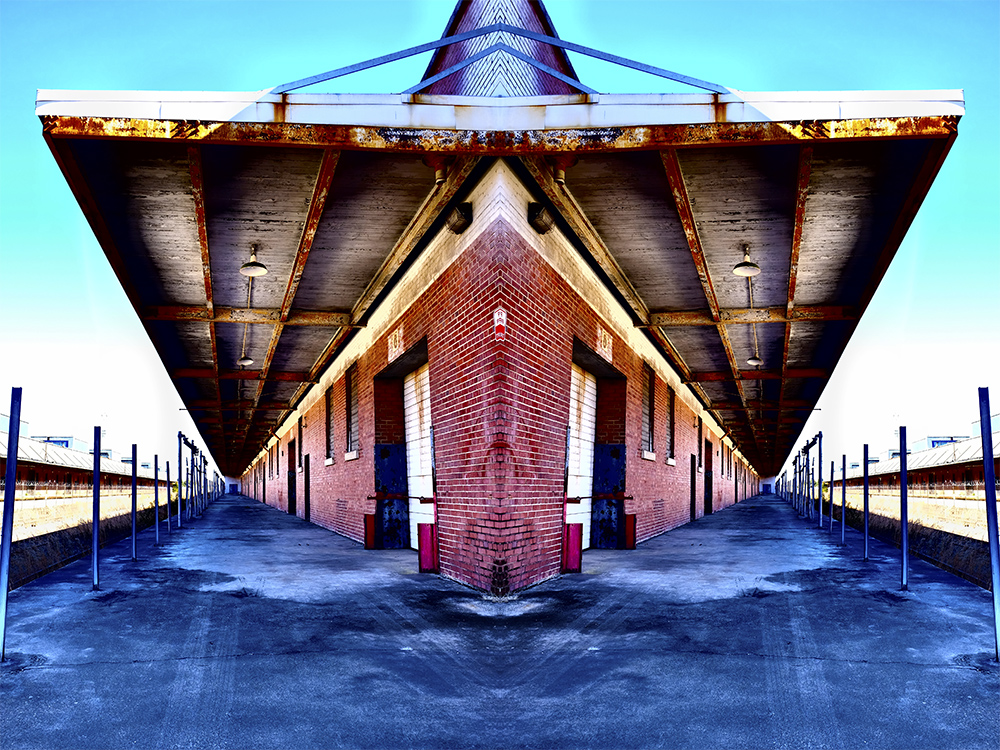
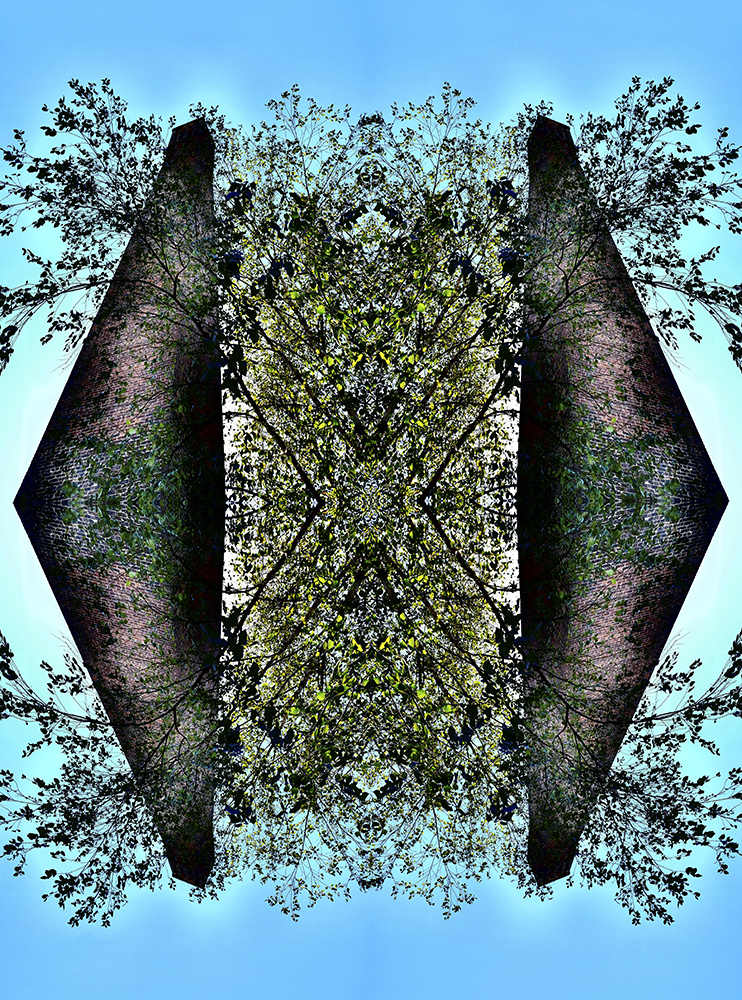
There are unseen places in our urban environments that hold special meaning. As an image maker, these photographic image fabrications are essentially about exploration, searching for evidence – both man-made and of nature, that is hidden in plain sight. The architectural influence whose origins are intrinsically European, exhibit themselves extensively in the early American industrial landscape. Many of the structures of this bygone era are situated uncompromisingly in urban locations remaining powerful in their aesthetic integrity, but now lie abandoned and forgotten. I am drawn to their presence, history and voice with the intent of creating a new visual opinion.
This series of circumstantial intersections explores and celebrates these environments – considering the visual intrigue that positions itself outside of our common point of reference. Architectural and structural representations are brought into focus, reimagined, and investigated in terms of their environment, formal aesthetic, and character. With the intent of redefining architecture and infrastructure as an inventive narrative, our rapidly changing environment is explored in a new way.
Chris Neyen is an award winning visual communicator working in multiple disciplines, currently based in NY, served as Art Director and Design Director for numerous national publications. In addition, he co-founded the Perfect Pitch Creative agency. Neyen holds a BFA from the School of Visual Arts in Media Studies and an MFA in Painting from the Academy of Art University. As a multidisciplinary artist, he has exhibited throughout the Northeast and on the West Coast of the United States; exhibiting in NYC, Pennsylvania, Charlotte and San Francisco. He currently teaches art and graphic design at Mount Saint Mary College while maintaining an active studio practice.
Vladimir Abikh
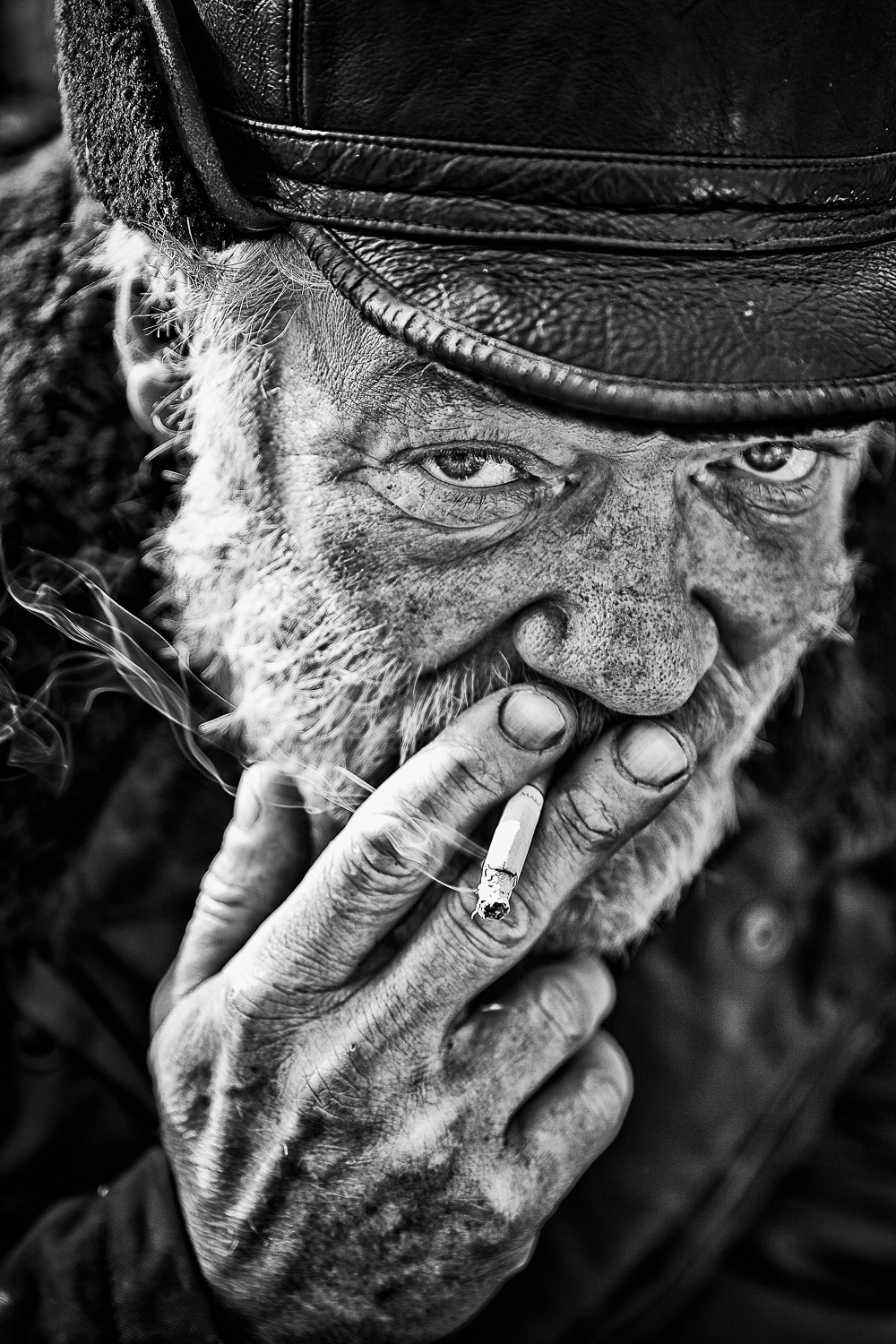
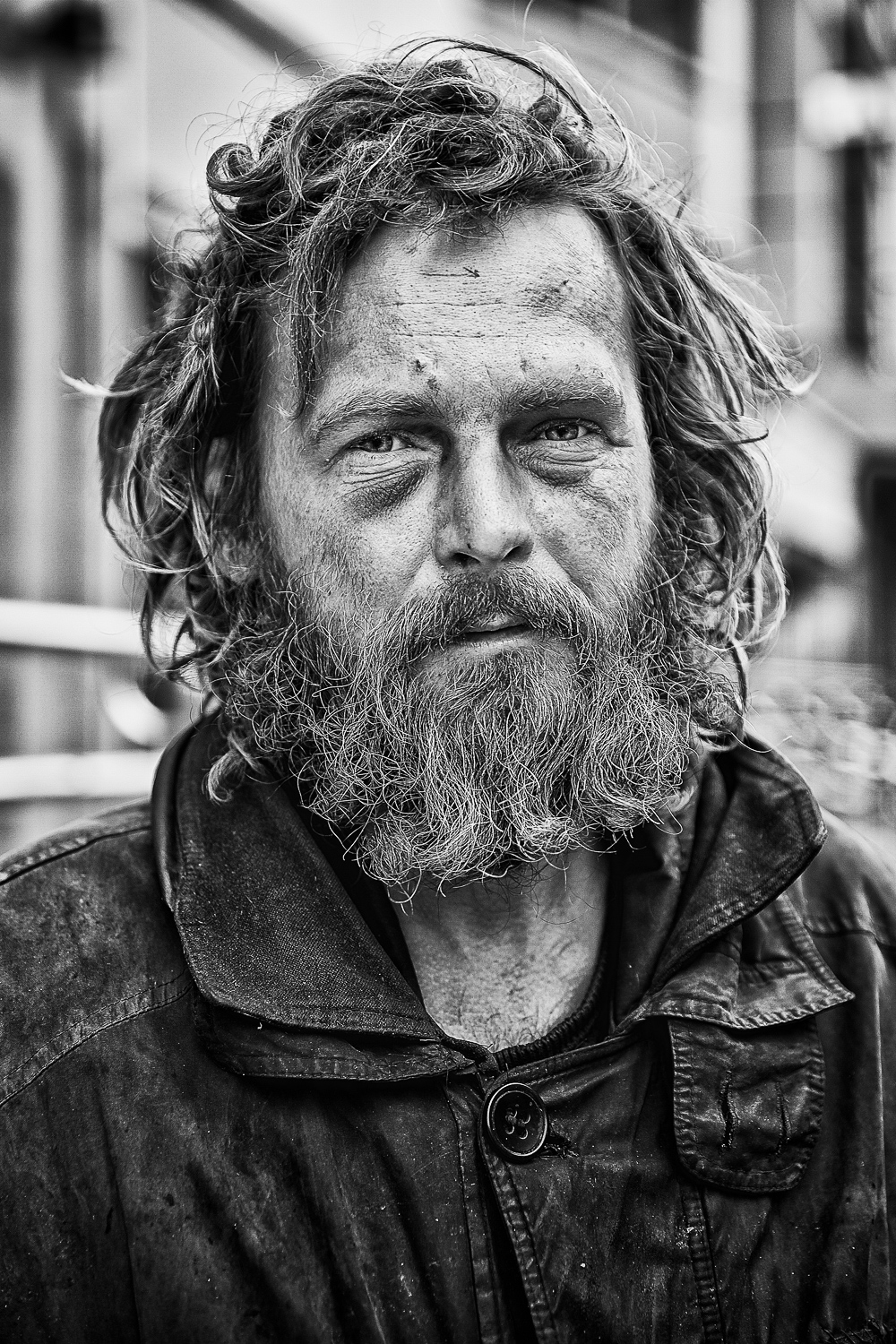
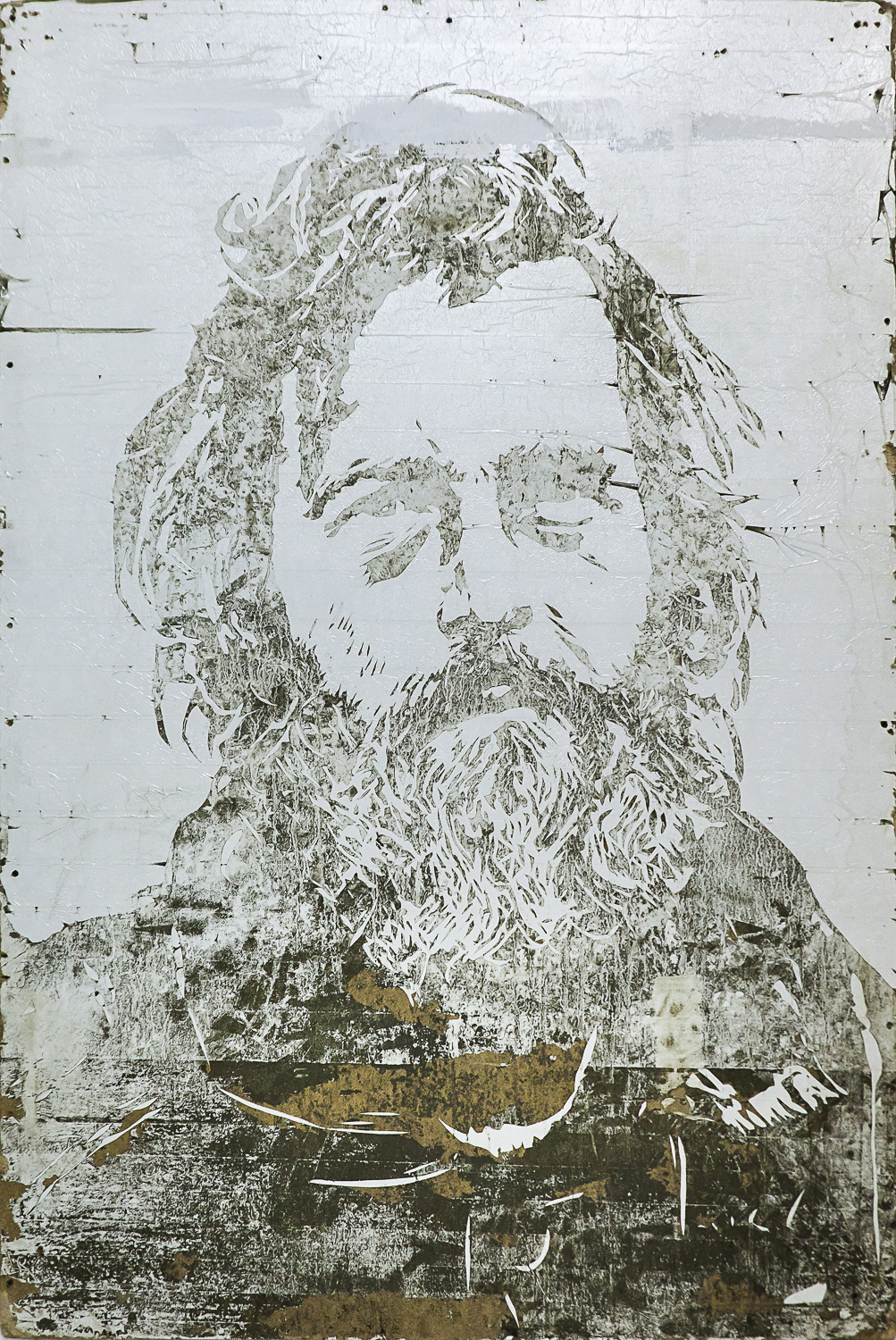
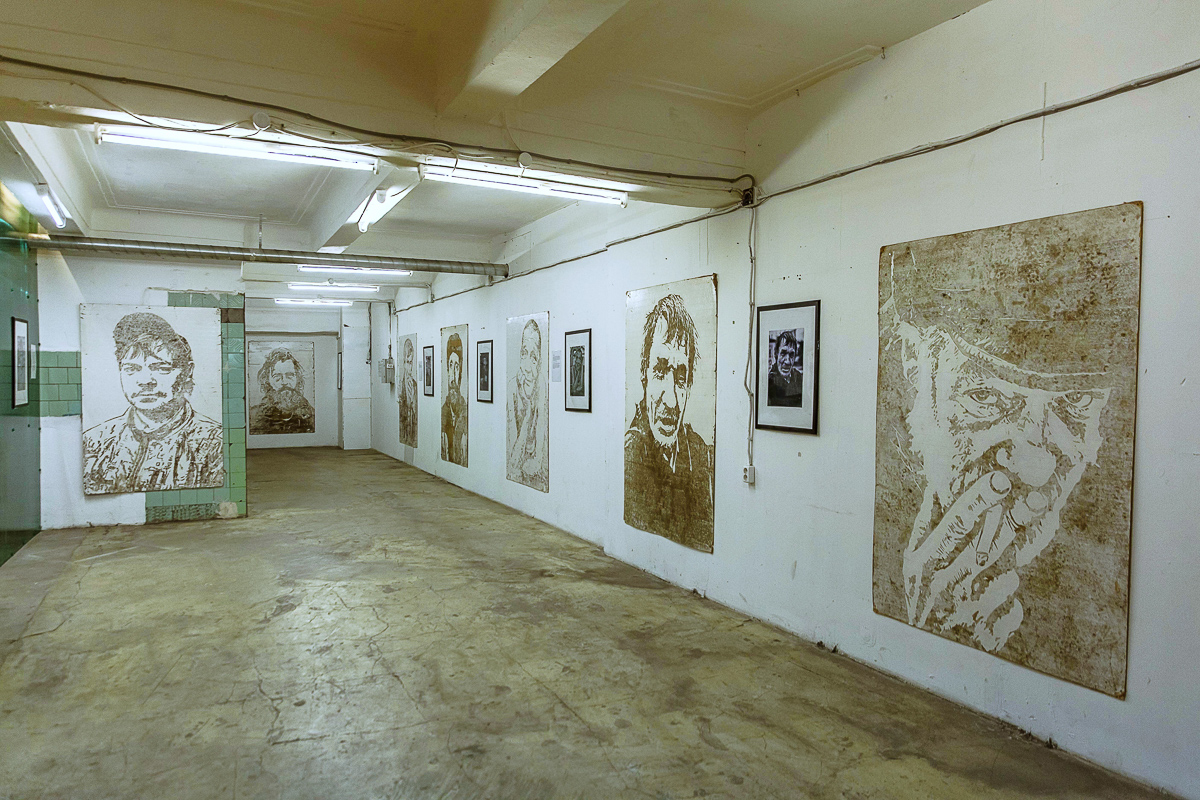
“Street Dirt,” orgalite, dirt, sticky tape 180×120 sm, photograph, a collaborative project by Slava PTRK and Vladimir Abikh.
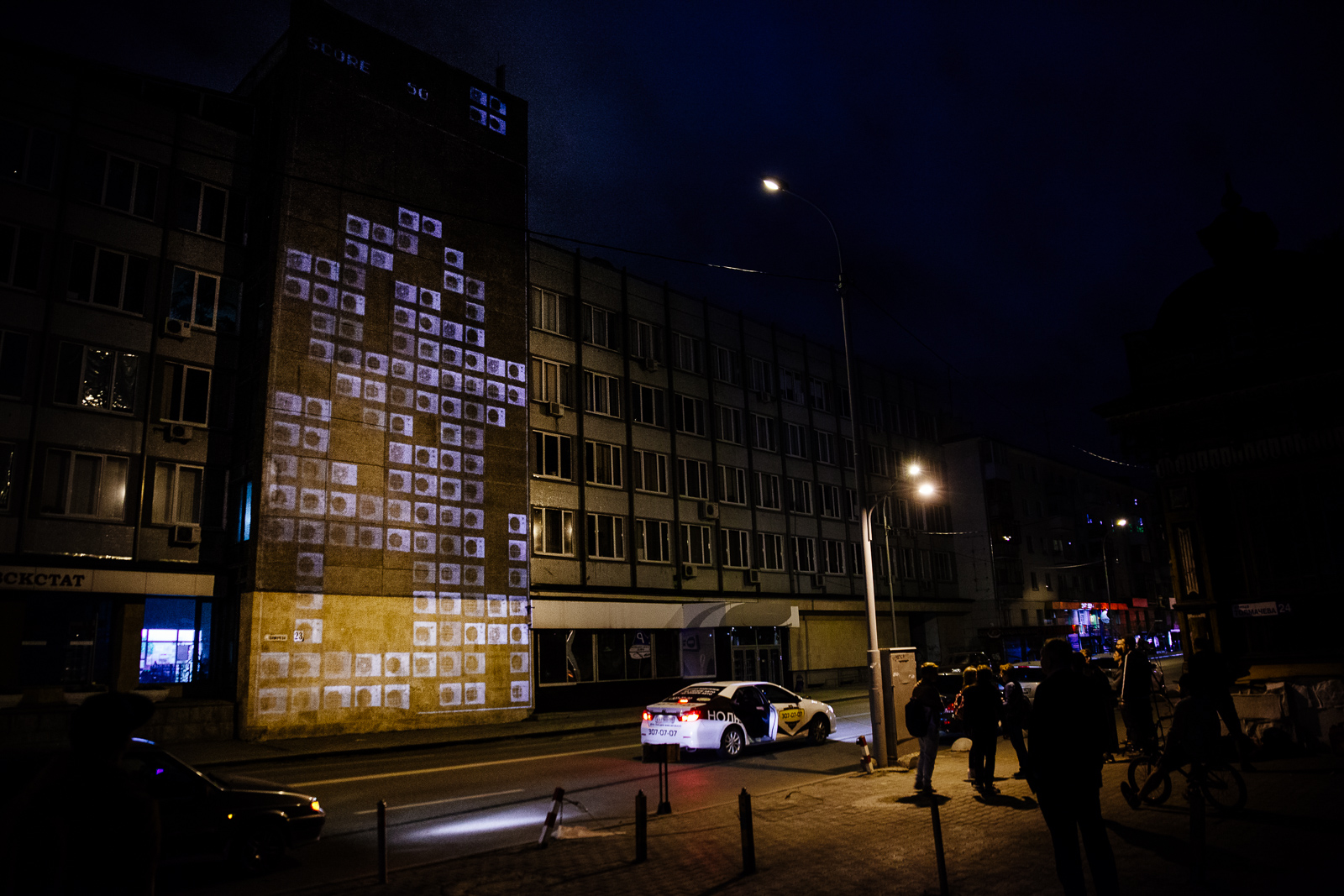
Tetris, Ekaterinburg, July 2016
With my project Tetris, I combined video game, intervention, street art and cities’ problem of the combination of air conditioners on buildings’ facades. This fact is considered to be disfiguring, but usual part of urban architecture andenvironment. Technically, the project is a game machine, and a projector which projects a Tetris game on the facade of the building.
As a rule, an artist sets him/herself against society, and helps develop individuality within others. Thanks to works of art – films, music, literature – we learn about and comprehend ourselves through others, especially – through artists (in a wider sense of the word).
I have a rather wide array of interests, which goes beyond street art. I try not to prioritize one particular style over the others, and not to replicate it again and again. I prefer to concentrate on a particular work and its idea. That is why my works are quite different in form.
As far as social goals are considered, I do not cherish an illusion and, moreover, do not set such a task – to make all bad people good or to eradicate injustice. Yet some of my projects have social motives. However, restoration of justice is not a goal for an artist. I think one should not impose on artists the tasks that politicians are supposed to complete. In a social context, an artist serves as a marker signifying this or that problem. But changes happen when a substantial part of society is ready for them, and public administration has prepared a platform for such changes to happen.
Vladimir Abikh was born in 1987 in Ekaterinburg. He got the education in the field of contemporary art (Foundation PRO ARTE) and film directing (Siberian video school). He took part in the main programs of the Ural Industrial Biennale, Krasnoyarsk Biennale and the Biennale of street art «Artmosphere». The winner of the international contest of portraits «Portrait now!». Three-time nominee of the Kuryokhin Award in the category of «Art in public space». The artist works at the intersection of different media and styles: street art, intervention, installation, video, photography. He often involves the viewers into active engagement with the art work. In his works, the artist speaks on the topic of urbanism, social injustice, man’s place in the information space, and also explores the impact of virtual on the reality. The artist’s creative method is based on the reinterpretation of the street art’s heritage, on working with text and language phenomena. Special attention in works is paid to the symbiosis of semantic content and method of submission. The artist analyzes and reveals the inner mechanisms of functioning of socio-cultural phenomena in concise and ironic forms. Works are in the collections of Museum of Street Art (St. Petersburg), Krasnoyarsk Museum Center and Erofeev’s Museum (Kolomna).
The appearance of Vladimir Abikh’s work in EuropeNow was made possible with the help of curator Lilia Voronkova.
Nicole Shea ran CenterArts Gallery in Newburgh from 2009-2012 and later incorporated her arts experience into the leadership training at West Point. In 2015, she founded a large-scale sculpture walk outside the gates of West Point, which she has been curating together with the founding members of Collaborative Concepts in a community effort to revitalize the area via the arts. She is also Executive Editor of EuropeNow and Director of the Council for European Studies.
Published on May 1, 2018.

